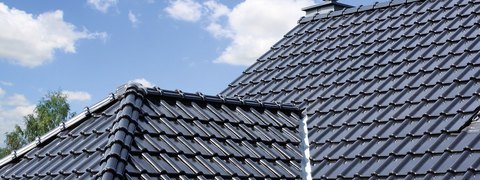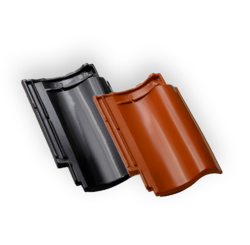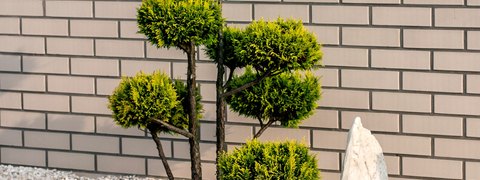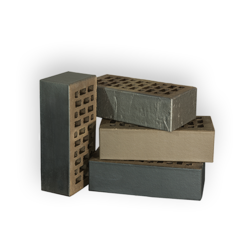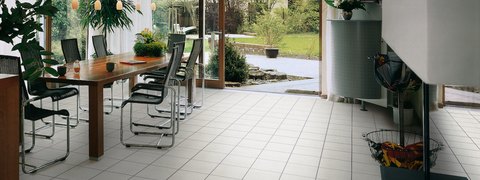How to guarantee the tightness of the roof?
Moisture is the main factor that can lead to a decrease in the durability of the roof structure. Its negative impact is particularly dangerous in case of the rafter framing that deforms under the influence of water. That is why it is important to protect the roof against water intrusion into its internal structure.
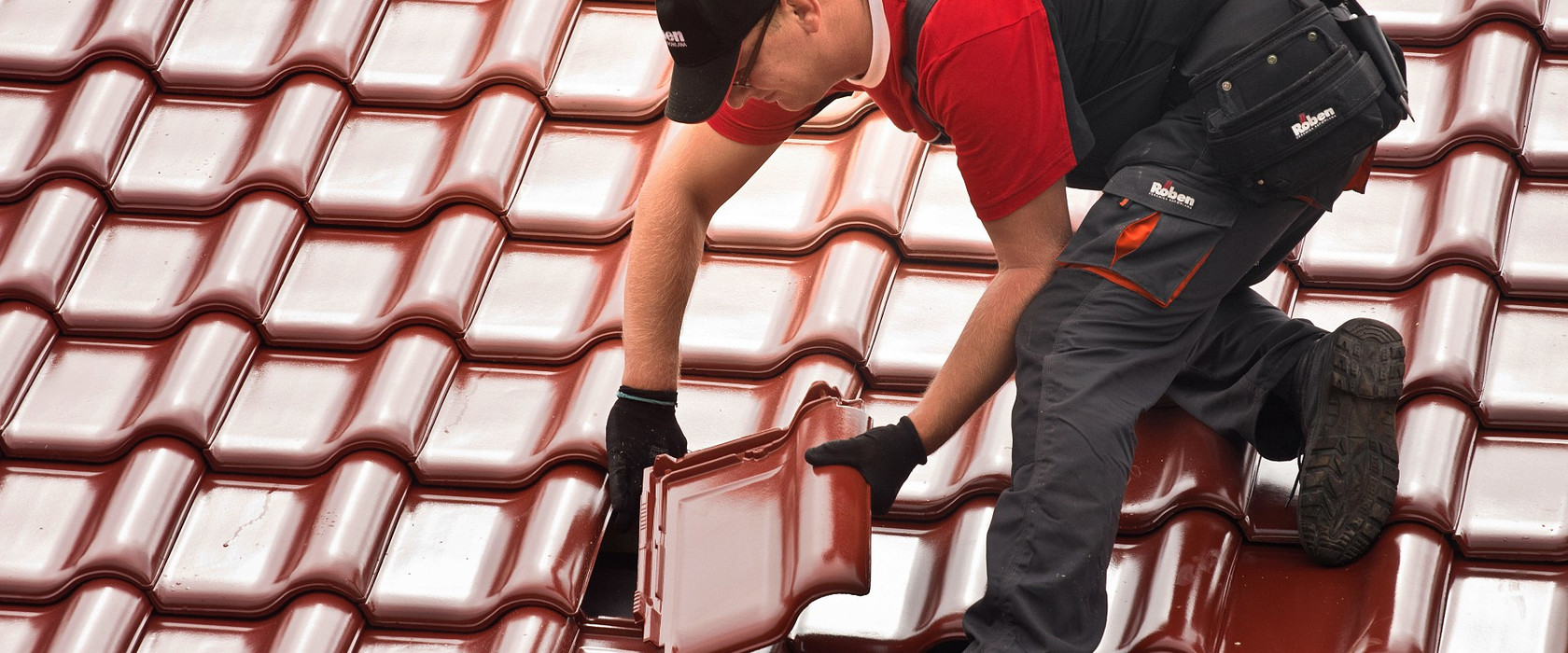
The impact of the roof angle on the tightness of the structure
Ceramic rooftiles laid on steep roofs (inclination angle should exceed 22 °), provide free flow of water with the force of gravity, without penetration into the inner layers of the structure. Professional and stable fixing of the roof tiles with special clamps plays a vital role. If the tiles are not properly fixed, a stronger wind may cause one or more tiles to tear off, which in turn can damage the entire roof. Usually, the tiles are clamped every third diagonally; however, depending on the so-called wind zone, in which our house is located, it may be necessary to clamp more or even all the tiles.
Roof integrity is also influenced by proper pre-roofing. When choosing a roof design with an inclination angle of less than 22 °, additional safety components, in the form of full formwork and tar paper, are required. This construction allows the roof tiles to be laid even on a roof with a 10 ° angle of inclination, while ensuring optimum tightness.
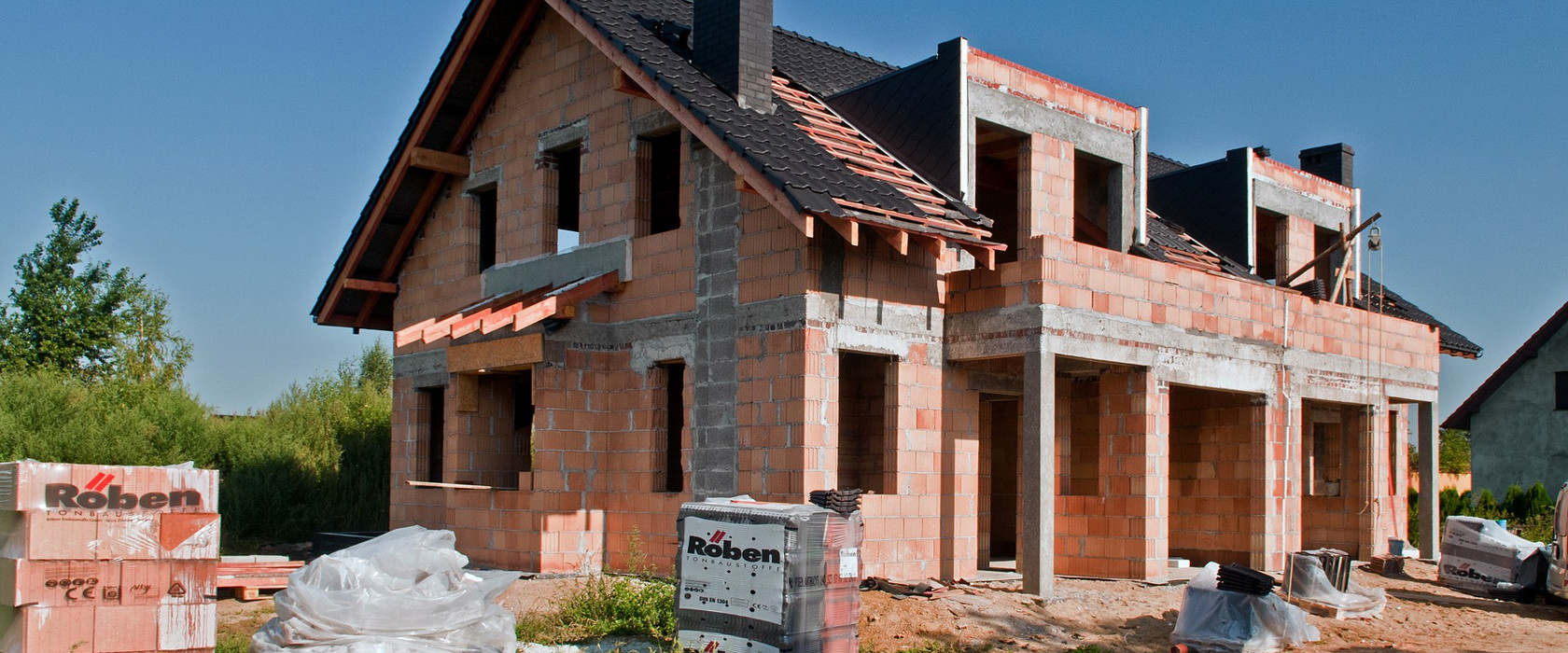
How to protect the roof against dampness
It is very important to pay attention to the sealing of areas that somehow protrude beyond the roof plane or interrupt the regularity of the tiles. These include, among others, roof windows and chimneys. In cases like those, it is necessary to use sealing flanges that drain rainwater off the roof window and supplement the insulation of the roof windows above the slopes, as well as materials for lining the membranes.
Additional protection should also be applied in the ridge, which also plays a very important role in the roof ventilation process. Its finishing must be carried out taking into account the optimal balance between tightness and freedom of air flow. The recommended solution here is the use of a sealing and venting tape, made of water impermeable materials, but also equipped with small slits to assist ventilation.
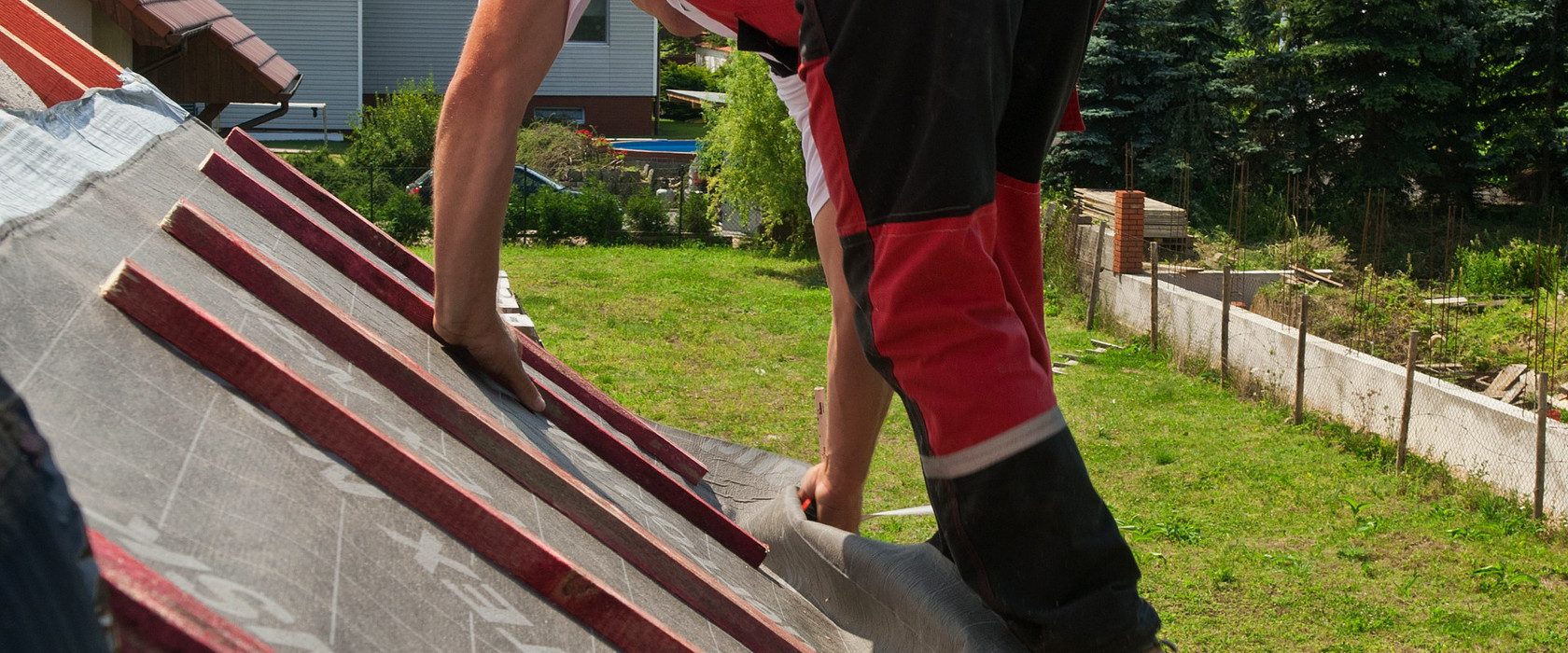
The essential role of ventilation
A well-working and, at the same time, tight ventilation, helps to avoid or minimize the need to renovate roofing. Moisture can lead to the weakening of the rafter framing and a decrease in the thermal insulation properties of the roof, and excess water vapor is a serious threat to the stability of the roof.
In addition, its influence can lead to the development of mold and fungus. Moistened mineral wool loses its optimum properties and ceases to be an effective layer of thermal insulation.
